Ficus does not belong to the most fastidious indoor plants, however, it can raise questions. For example, why do ficus leaves fall in winter and summer? Can this be considered a natural phenomenon, and what should I do if the lush tree begins to "go bald"?
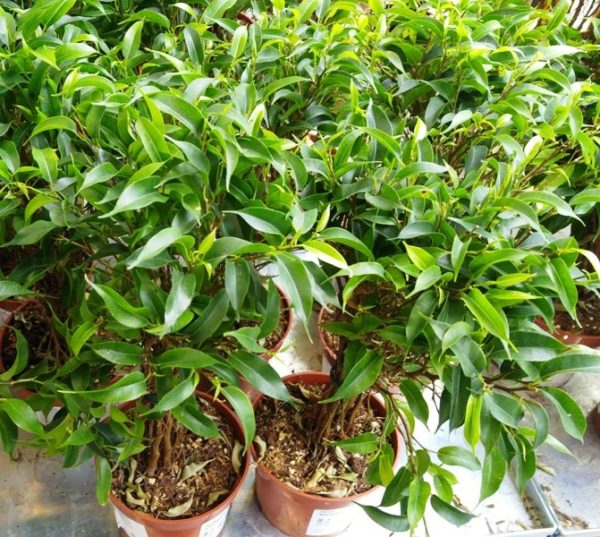
Content
Why ficus discards leaves
All reasons can be divided into two classes:
- Natural.
- Related to the violation of agricultural technology.
The visual difference between them is not difficult to notice: in the first case, the remaining leaves will be peppy and green, and the fallen leaves will be few. In the second, the process will be noticeably more intense, and the general appearance of the plant will cause concern.
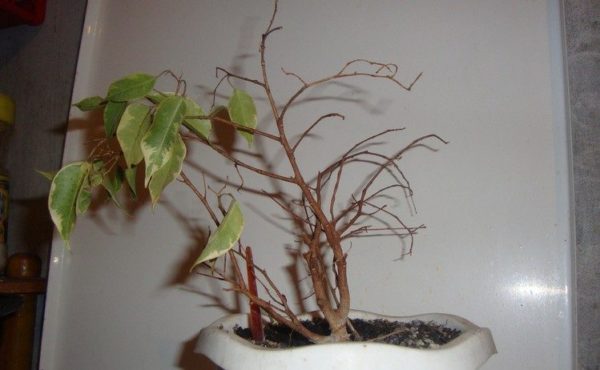
Natural causes
The loss of a few lower leaves in a young ficus should not be embarrassing. This is the natural exposure of the trunk. All types of ficuses are either trees or shrubs. The trunk grows woody with age, and the deciduous mass concentrates on younger branches in the upper part. Benjamin's ficus can reach a height of 2-3 meters indoors, and 25 meters in nature. Depending on the type of formation, the bare trunk can be from 10 to 50 cm.
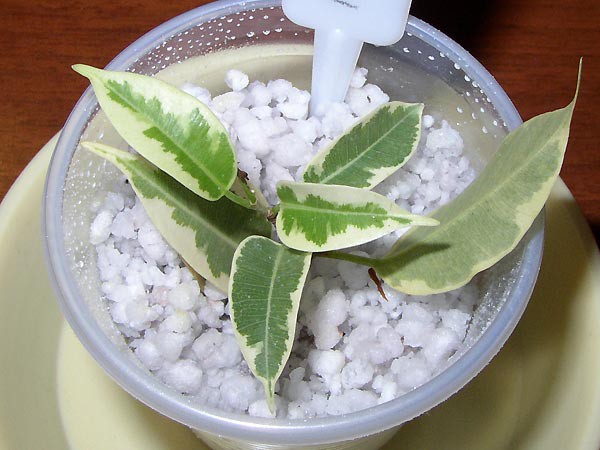
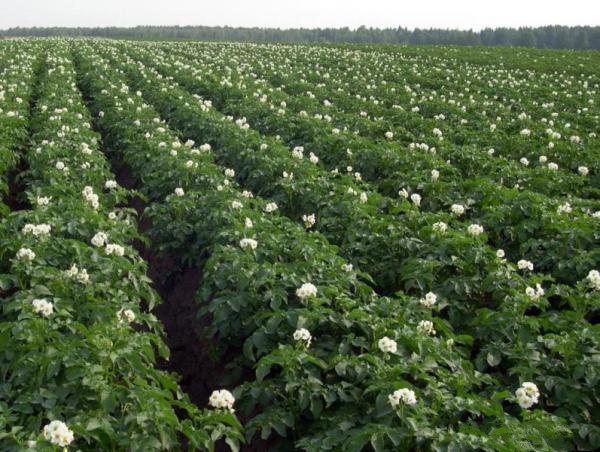 You may be interested in:
You may be interested in:Unfavourable conditions
Sometimes care may be right, but it does not compensate for adverse conditions for the plant. Why do ficus fall and leaves turn yellowif everything is ok with leaving:
- Draft. Most houseplants need stable conditions or come from warm places, so they are poorly perceived by the flow of cold air. The homeland of ficus is the tropics, individual species grow in the temperate zone. The apartment should place a pot with a plant so that you can ventilate the room without harming the tree.
- Inappropriate temperatureeither humidity or lack of lighting. This is one of the main reasons why ficus leaves fall in winter. What to do if there is no possibility to change the temperature in the room? The perception of temperature by a plant is highly dependent on many other factors. If the room is hot, it is advisable to spray the ficus as often as possible and organize high-quality (possibly artificial) lighting. Plants respond to a balance of factors - you can harmonize them with each other. It is necessary to observe the plant. Elongated stems, weak leafy, dull color, weak growth - little sunlight, drying and falling leaves - lack of moisture.
- Change of conditions or place. There are plants that are especially sensitive to movement, even a simple turn of the pot can cause the flower to not bloom. Ficus does not apply to such. But it can react by falling leaves to a change of place. Give the plant time to adapt - 5-7 days. If the leaves fall too intensely and the process does not stop, the reason is different.
- Cold or overheating soil. This is rarely thought of, but a pot overheating in the sun or, on the contrary, standing on a too cold floor, greatly affects the condition of the roots and their absorption of moisture and nutrients. From the bright sun the pot is covered with a flower pot or screen.Under the container, standing on a cold floor, place the stand.
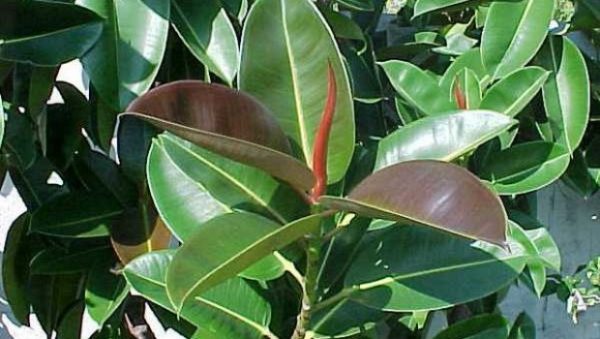
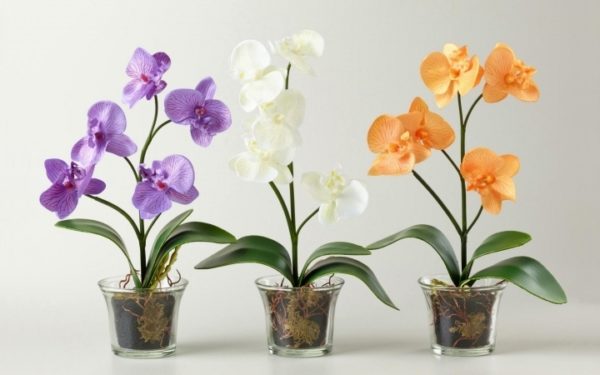 You may be interested in:
You may be interested in:If the leaf is dry, brittle, the stalk is not soft - the plant did not have enough moisture (or the room is too hot and the soil / air dries quickly). A completely different situation is when the leaves of the ficus first turn yellow, and only then fall off.
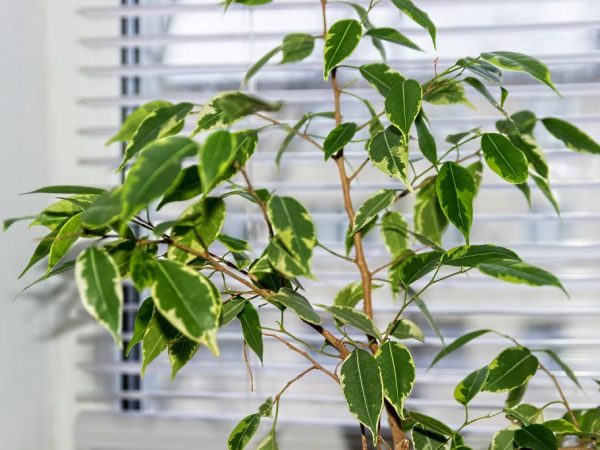
Leaf plates become like rags, petioles are soft - in this case, acidification of the soil is possible due to excessive watering or its increased density, draft, or disease.
Lack of watering and nutrition
Inadequate watering or lack of nutrients is a common cause of ficus leaves falling, especially in summer and spring, during periods of intensive growth. The leaves dry and then fall off, because the plant can not cope with their nutrition. Ficuses are not very picky about moisturizing, they can “forgive” one or two untimely watering, but they will not like regular forgetfulness. What to do in the summer if the plant begins to lose foliage?
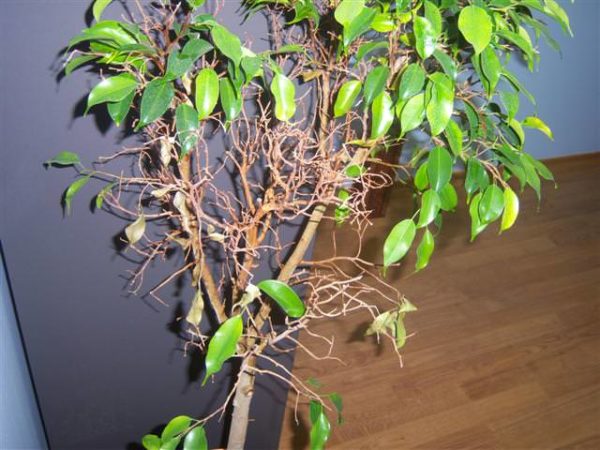
Transfuse ficus should not be. There are four important points in organizing a competent humidity regime for ficus:
- Watering only on demand. Watered if the soil in the pot does not stick to the hand, but does not crumble into dust, if you take a small lump with your fingers. The earth has become dry, but not dry - it's time to water.
- Watering must be of high quality. A common mistake is an insufficient portion of watering. In this case, a layer of moist soil forms on top, and below the roots remain dry. The amount of water must be sufficient so that the earthen lump is completely saturated. It is better to water less often - but better. This is important in the winter.
- Quality water. Plain tap water greases the soil, white plaque appears on it. This greatly affects the nutrition of the plant. It is better to take the water purified by the filter, frozen out or thawed.
- The soil. The mechanical properties of the soil are very important. How well does soil retain moisture? If the plant is planted in dense soil, watering should be less common. Almost all purchased soils are highly permeable to moisture and air - plants planted in them will require more frequent watering.
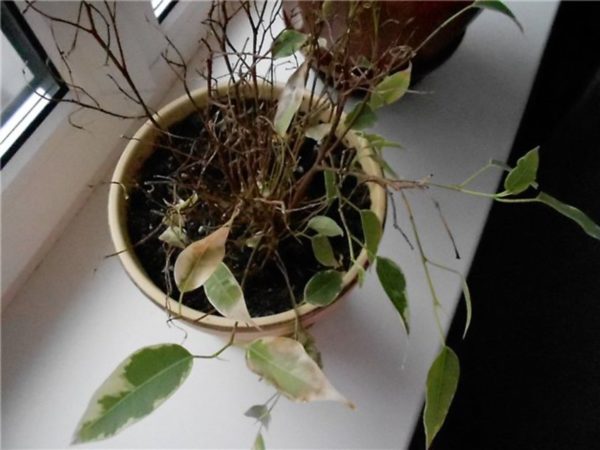
 You may be interested in:
You may be interested in:Violation of soil acidity
Ficus needs an acid-neutral soil, with a level of 6.0-7 pH. Most purchased soils have approximately the following indicators - just compare them on the package. However, the acidity of the soil can change over time, for example, water for irrigation contained many alkalis. You can check the acidity level with the help of litmus papers, which can be purchased at any store for gardeners.

Diseases and Pests
Diseases and pests of ficus are diverse, but almost all of them affect weakened plants that are forced to grow in adverse conditions or do not receive quality care. Leaf falling can cause:
- Gray rot.
- Sooty fungus.
- Powdery Mildew
- Cercosporosis.
- Anthracnose.
- Root rot.
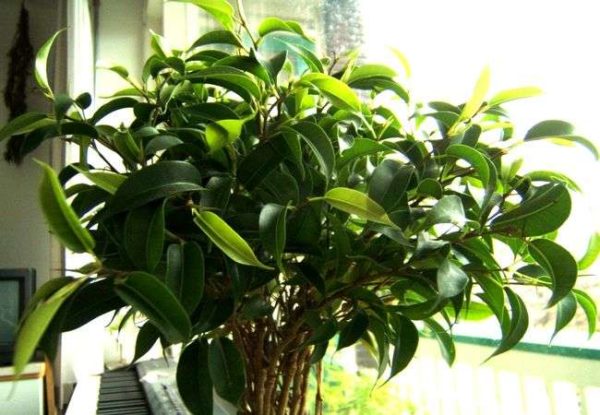
Most of these problems are easily recognized.Leaves do not just turn yellow or dry, but acquire an unhealthy repulsive appearance: gray or black coating, brown spots or dots.
Ficus pests: thrips, mealybugs, nematodes, scale insects, aphids, spider mites.
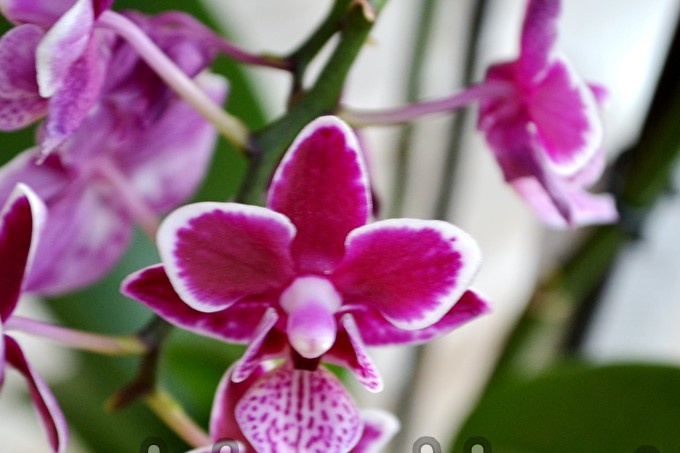 You may be interested in:
You may be interested in:Leaf fall after transplantation - how to fight
Why do ficus leaves fall after transplantation? This is not surprising - the plant survived stress. After transplantation, adult ficuses quite often “go bald”. To facilitate his difficult period of getting used to new conditions:
- Trim, especially if a lot of roots (damaged, rotten, dried out) were removed during the transplant.
- Immediately organize the plant the conditions it needs. Temperature 15-22 ° C, sufficient spraying, well-lit place without drafts. Do not touch or move it.
- No need to "torment" the plant with excessive care. After transplanting, no additional fertilizing or too plentiful watering is needed.
- Add a few drops of Epin to the spray water.
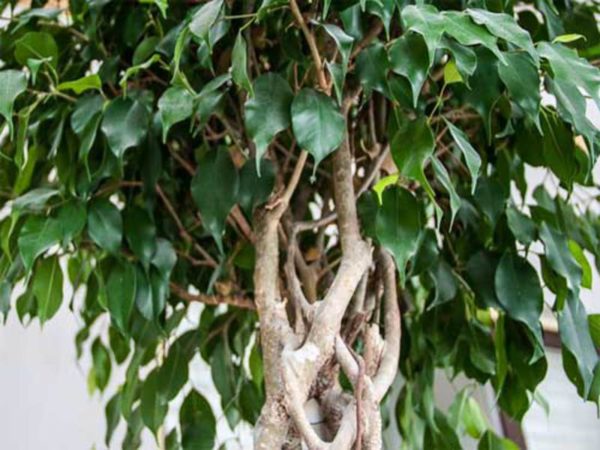
An overview of the causes of foliage falling off the ficus is in the video in the article above.
Attention to the green pet will allow you to respond to leaf falling and keep the plant lush and healthy. As a rule, ficuses are responsive to all resuscitation measures and are quickly restored.




 Sow in the ground, without seedlings: 10 beautiful and unpretentious flowers
Sow in the ground, without seedlings: 10 beautiful and unpretentious flowers Platicodon planting and outdoor care
Platicodon planting and outdoor care Hosta - planting and care in the open ground in the Urals
Hosta - planting and care in the open ground in the Urals Oleander - care and growing at home
Oleander - care and growing at home